Have you ever gazed into the glittering eyes of a Bengal cat and wondered if a little bit of jungle is staring right back at you? The Bengal cat is more than just a pretty face with striking spots—it’s a living link to the wild. Their story is one of bold science, breathtaking beauty, and a touch of controversy. Let’s unravel the truth about Bengal cats, their wild roots, and what makes them one of the most captivating felines in the world.
The Origins of Bengal Cats: A Tale of Two Worlds
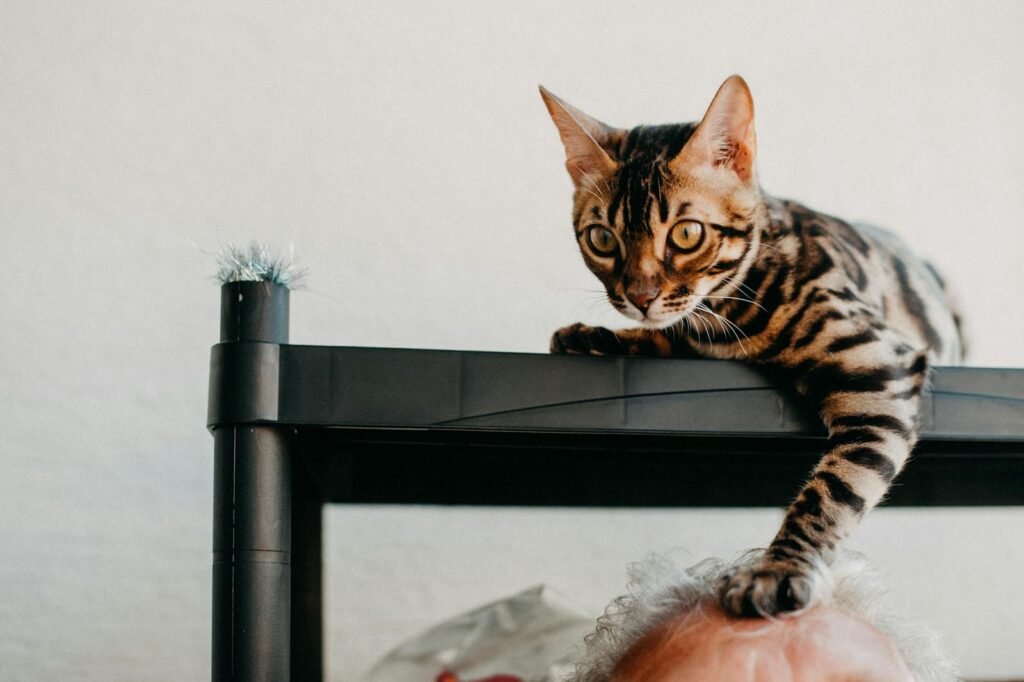
The Bengal cat’s journey begins with a daring blend of domestic and wild. In the 1960s, a geneticist named Jean Mill crossed the Asian leopard cat—a small, elusive wild feline—with ordinary domestic cats. The goal was to create a pet with the exotic beauty of a wild animal but the gentle personality of a house cat. The result? The Bengal, a cat that carries the allure of the wilderness but can curl up on your couch. This bold experiment was groundbreaking, setting the stage for a breed that still fascinates people today. The first generations were wild at heart, but careful breeding over decades tamed their temperament. Now, Bengals are recognized worldwide for their unique heritage and stunning looks.
Wild Ancestry: The Asian Leopard Cat Connection

At the heart of every Bengal is the Asian leopard cat, a small but fierce feline native to the forests of Asia. These wild cats are shy, nocturnal, and known for their spotted coats—a trait carefully preserved in Bengal cats. The connection to their wild ancestor isn’t just skin deep: early-generation Bengals often displayed shy or unpredictable behaviors, a quirk inherited from their untamed relatives. Over the years, breeders have selected for friendlier cats while keeping those wild looks. The Asian leopard cat’s DNA still lingers in today’s Bengals, giving them a dash of the exotic that no other domestic breed can match.
The Unique Look: Spots, Rosettes, and Glitter
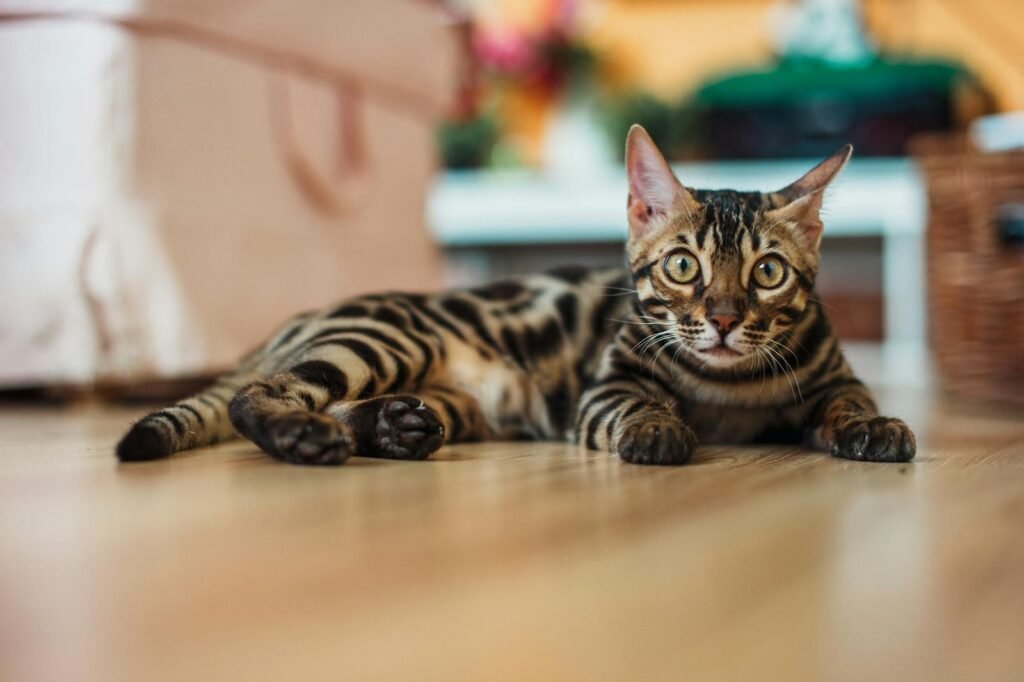
A Bengal’s coat could make a leopard jealous. Their fur is covered in dramatic spots, swirling rosettes, and sometimes even a golden shimmer known as “glitter.” This lush coat isn’t just for show—it’s a living reminder of the wild. Breeders have worked tirelessly to enhance these markings, creating cats that look like tiny jungle predators. But the Bengal’s beauty isn’t all about appearance; their fur feels luxuriously soft, almost like a rabbit’s. Every Bengal is a walking work of art, with no two coats exactly alike. When they move in sunlight, their fur can sparkle, adding to their mesmerizing effect.
Personality: Wild Looks, Domestic Heart
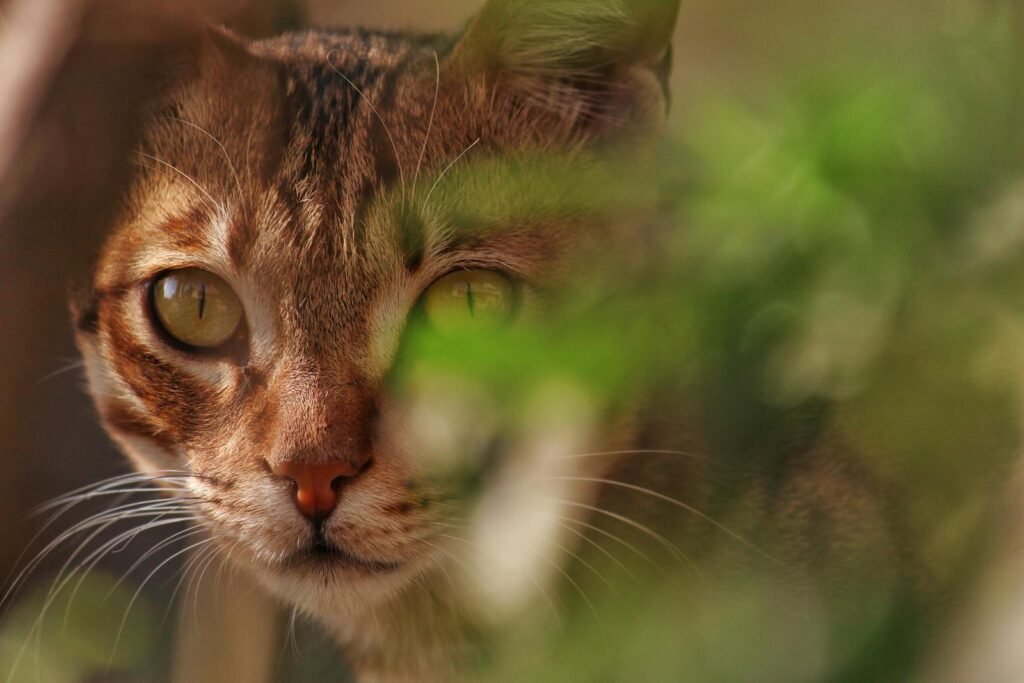
Don’t be fooled by their fierce appearance—Bengals are known for their playful, affectionate personalities. Unlike their wild ancestors, most Bengals crave human companionship and thrive in active households. They’re curious, clever, and love to be part of family life. Many Bengal owners say their cats act more like dogs, following them from room to room and even playing fetch. That said, their intelligence and energy can be a handful for first-time cat owners. Bengals need lots of stimulation, or they’ll invent their own games—sometimes at your expense! But for those who love an energetic, engaged pet, Bengals are pure joy.
Generational Differences: F1, F2, and Beyond
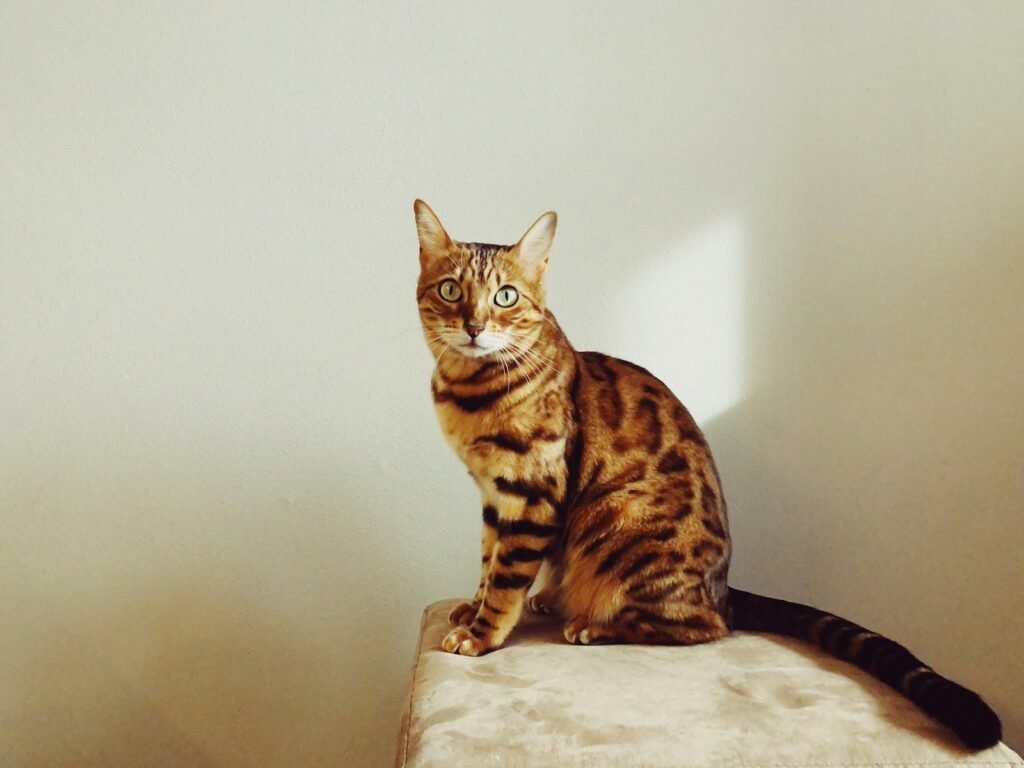
Not all Bengals are created equal. The earliest generations—known as F1, F2, and F3—have more wild blood and often more unpredictable behaviors. These cats are closer to their Asian leopard cat ancestors and may not be suitable for typical households. Most pet Bengals today are F4 or later, meaning they’re several generations removed from their wild roots. These later generations are calmer, more consistent, and legal in more places. It’s important to know what generation you’re adopting, as it can dramatically affect your cat’s behavior and needs. Responsible breeders will always tell you exactly where your Bengal stands.
The Bengal’s Athleticism: Wild Energy at Home
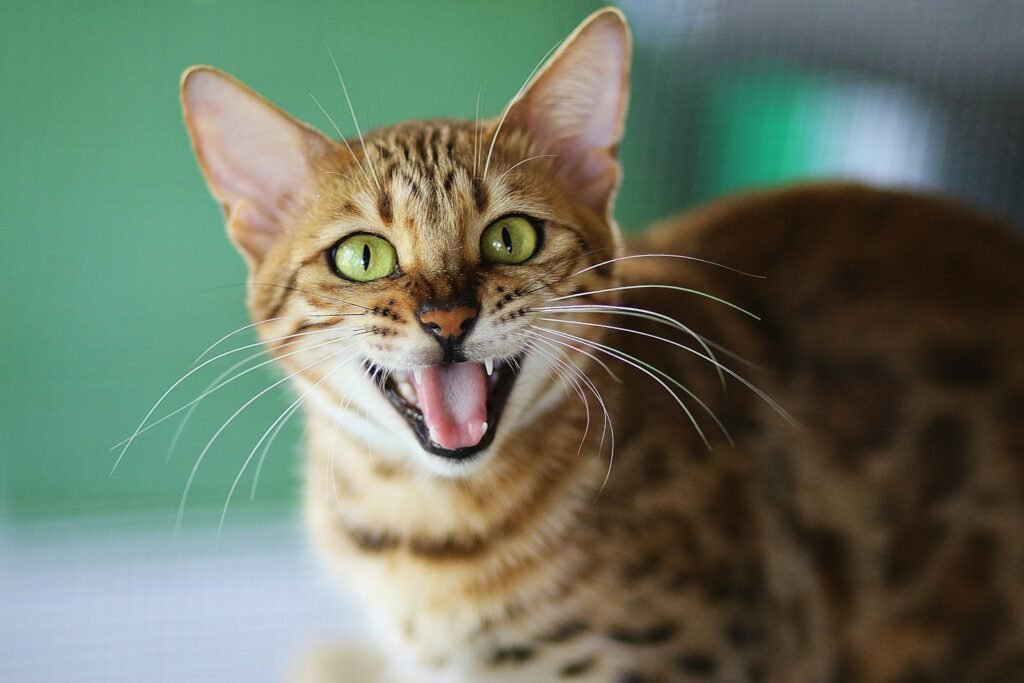
If you bring home a Bengal, prepare for action. These cats are athletes through and through. They love to climb, leap, and explore every inch of their territory. It’s not uncommon to find a Bengal perched on top of a bookcase or dashing up a cat tree in a single bound. Their wild ancestry gives them an endless supply of energy and a love of adventure. Owners often need to “cat-proof” their homes, removing fragile items and providing plenty of vertical space. Bengals who don’t get enough exercise can become bored or destructive, so interactive play is essential.
Vocalizations and Communication: The Bengal’s Voice
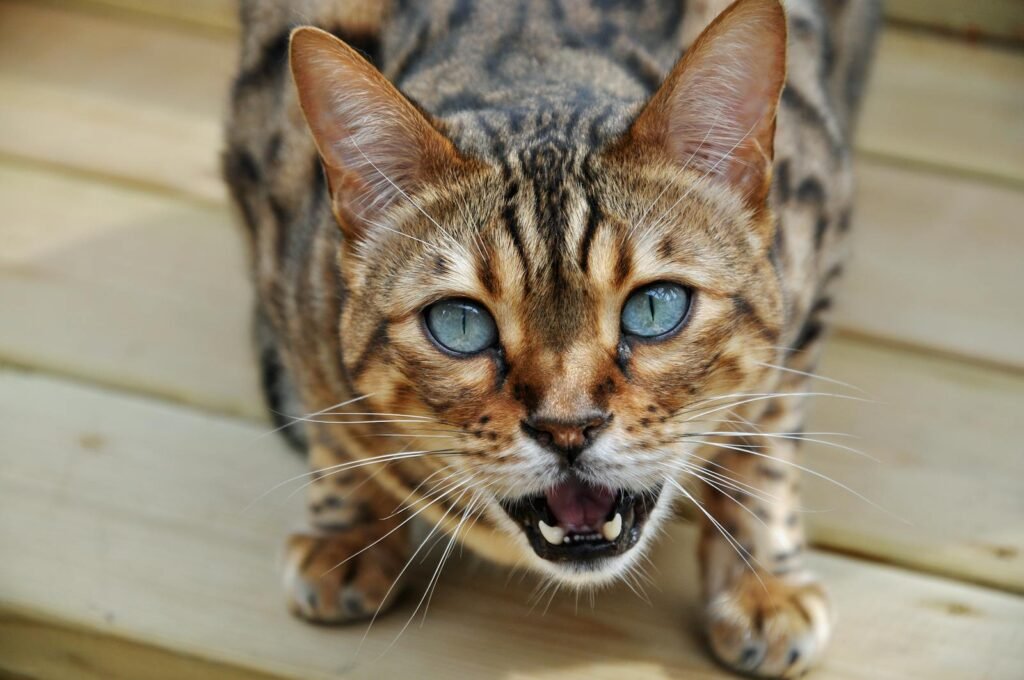
Bengals have a lot to say. Unlike many breeds, they use a variety of sounds to communicate with their humans. They chirp, trill, and make unique “yowls” that can sound downright wild. Some owners describe their Bengal’s voice as almost musical, while others joke that their cats “talk back” more than their children. This vocal nature is a holdover from their wild ancestors, who needed to communicate over long distances in dense forests. For some, these sounds are endearing; for others, it’s a surprise to have such a chatty companion. Either way, Bengals never let their presence go unnoticed.
Intelligence and Problem-Solving Skills
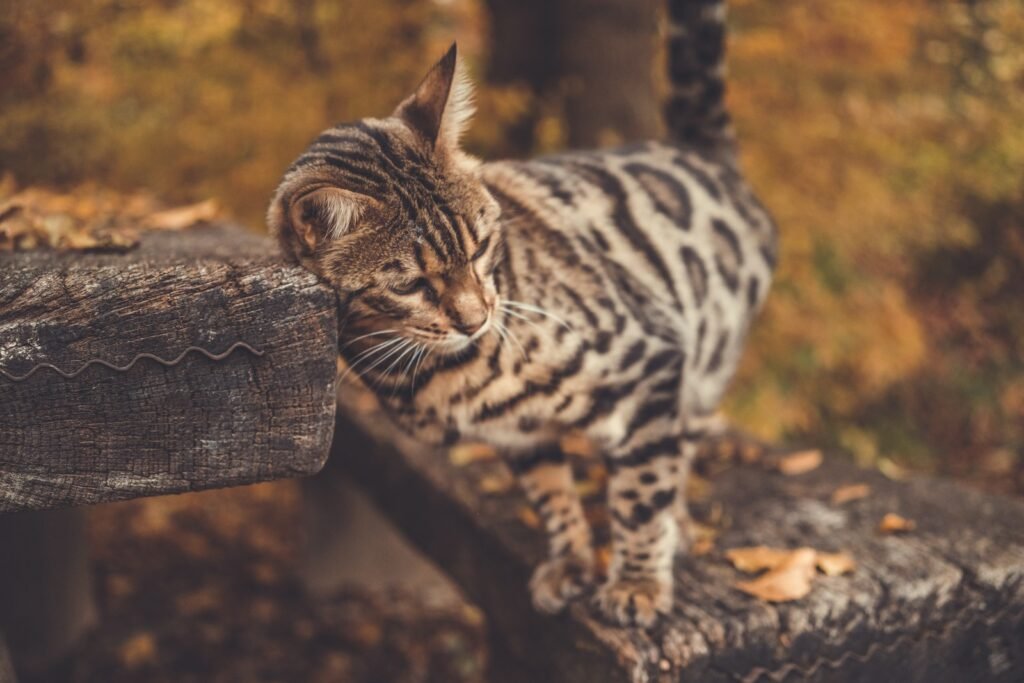
Bengal cats are brainiacs in the feline world. Their intelligence can sometimes feel uncanny. They quickly learn how to open doors, activate faucets, and even solve puzzle toys meant for dogs. If you need proof of their smarts, just leave a cupboard slightly open—your Bengal will have it emptied in no time. This cleverness is part of what makes them such engaging pets, but it also means they need constant mental stimulation. Puzzle feeders, interactive toys, and regular training sessions can help channel their energy and prevent mischief. Living with a Bengal is a bit like sharing your home with a tiny, furry escape artist.
Bengals and Water: An Unusual Obsession

Most cats run from water, but not Bengals! These cats are famous for their fascination with sinks, bathtubs, and even the occasional shower. Some Bengals will dip their paws in water bowls or try to join you at bath time. This curiosity about water is thought to come from their wild ancestors, who often hunted near streams. Owners have reported Bengals turning on faucets, splashing in puddles, and even swimming for fun. If you want a cat that breaks all the rules, a Bengal’s love of water is sure to keep you on your toes.
Training Your Bengal: Yes, It’s Possible!
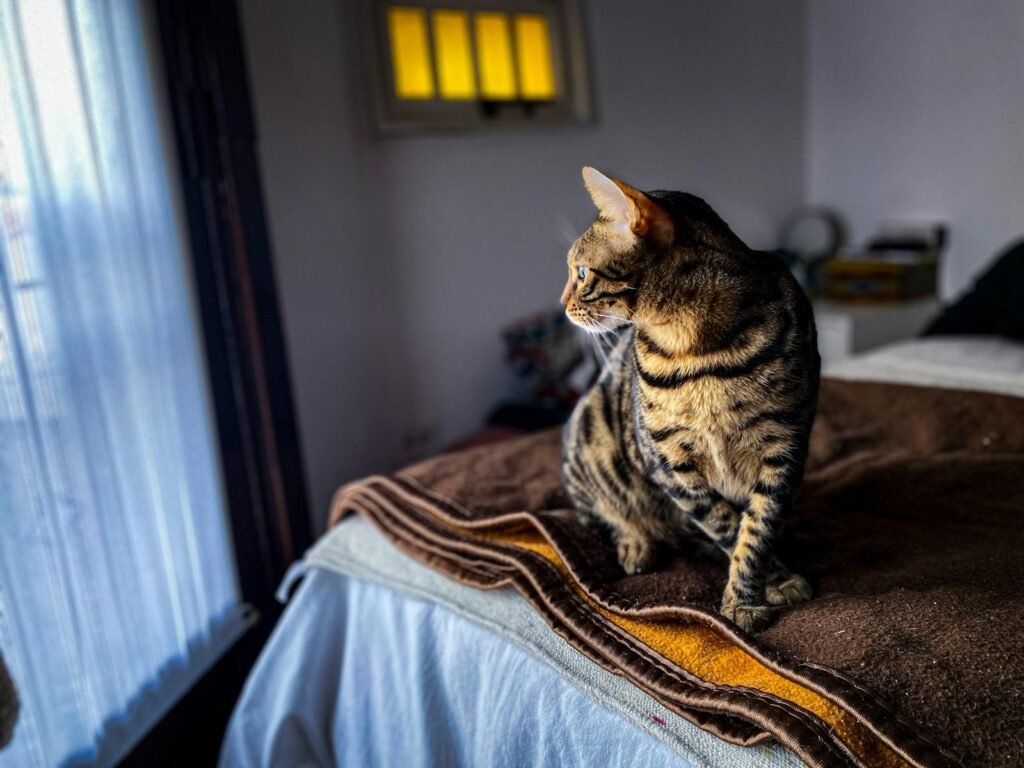
Thanks to their intelligence and eagerness to please, Bengals are surprisingly easy to train. They can learn tricks, walk on leashes, and even use the toilet with the right guidance. Training is not just fun—it’s essential for channeling their boundless energy. Positive reinforcement, patience, and consistency are key. Many owners have taught their Bengals to fetch toys, ring bells for treats, or perform agility courses. Training sessions also provide crucial mental stimulation, keeping your Bengal happy and well-behaved. It’s a rewarding experience for both cat and owner, and it deepens the bond between you.
Socialization: A Key to a Happy Bengal
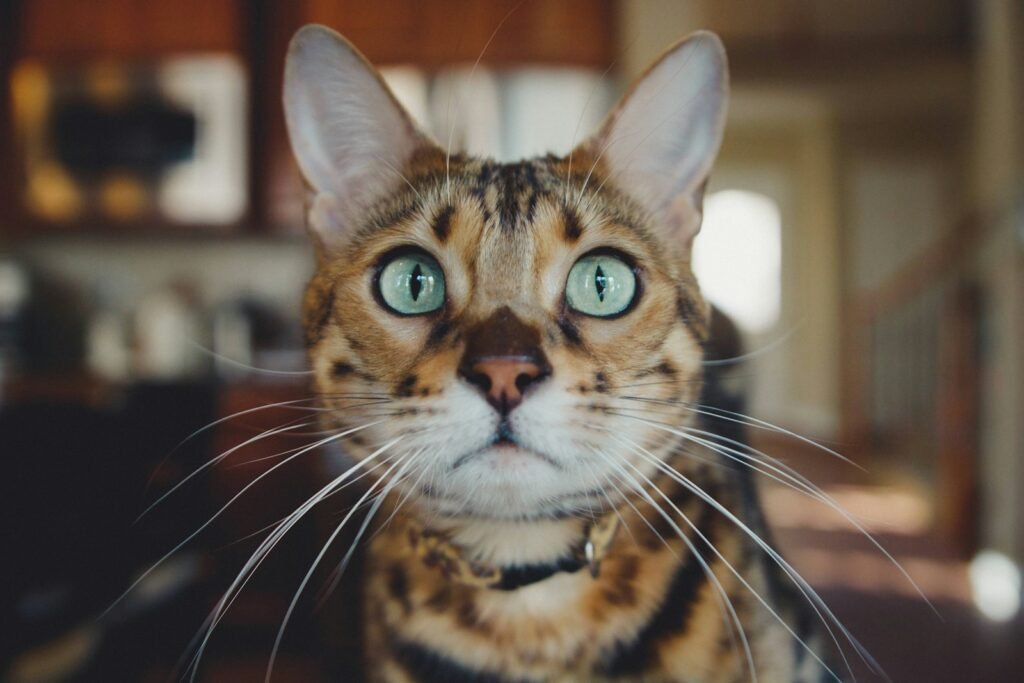
Early socialization is crucial for Bengal cats. Kittens exposed to a variety of people, sounds, and experiences are more likely to grow into confident, adaptable adults. Because of their wild ancestry, Bengals who aren’t properly socialized can become shy or wary of strangers. Responsible breeders start this process early, but it should continue at home. Playdates with gentle dogs, exposure to children, and regular handling all help. A well-socialized Bengal is friendly, outgoing, and less likely to develop behavioral issues. The effort you put in during their early months pays off for years to come.
Bengals and Other Pets: Friend or Foe?
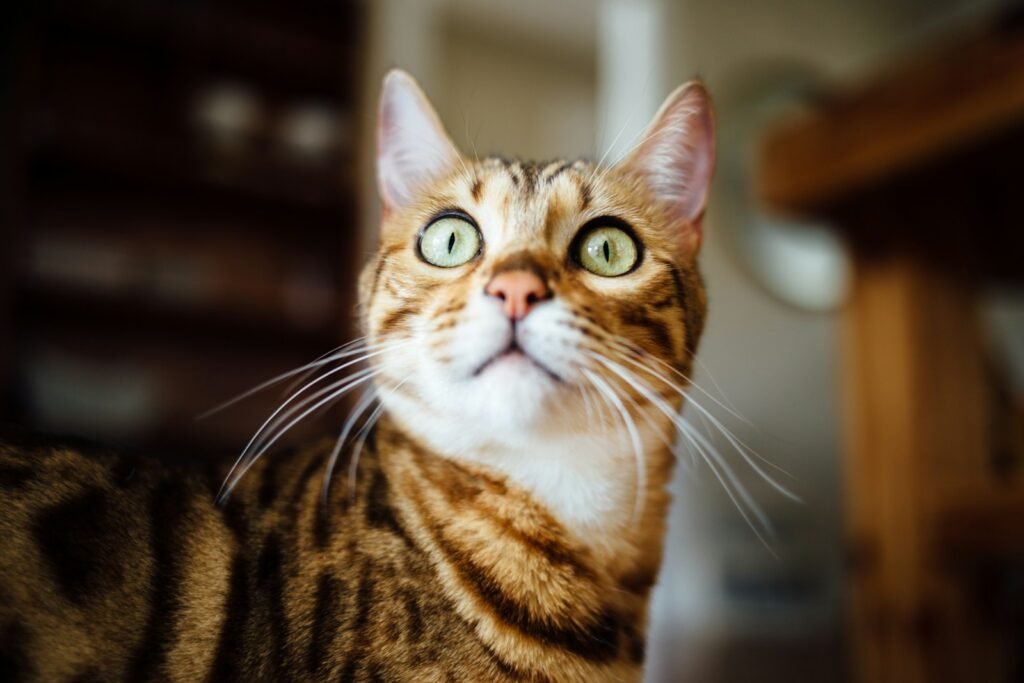
Bengals can get along well with other animals, but introductions require care. Their high energy can overwhelm quieter cats or small pets. Some Bengals form strong bonds with dogs, especially those who enjoy playtime. However, their hunting instincts may be triggered by birds, rodents, or reptiles, so supervision is a must. Slow introductions, plenty of space, and monitoring interactions help ensure peace at home. With patience, many Bengals thrive in multi-pet households, becoming part of the family pack. Every cat is different, so it’s important to watch for signs of stress or aggression during the adjustment period.
Dietary Needs: Fueling the Wild Within
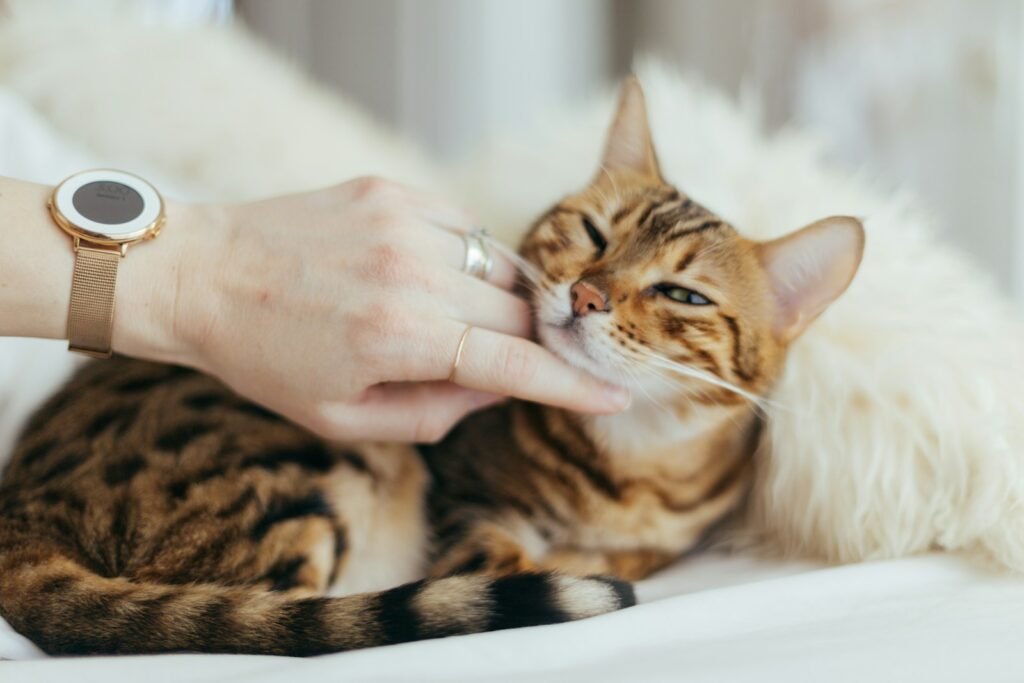
Bengals have a robust appetite, likely inherited from their wild ancestors. They do best on high-protein diets, mimicking the prey-based nutrition of the Asian leopard cat. Many owners choose premium cat foods or raw diets to meet their Bengal’s needs. A well-fed Bengal is energetic, with a glossy coat and bright eyes. Because they burn so much energy, Bengals often eat more than typical domestic cats. Regular feeding schedules and portion control are important to prevent overeating. Consult your vet to create the best diet plan, ensuring your Bengal thrives for years to come.
Medical Considerations: What to Watch For
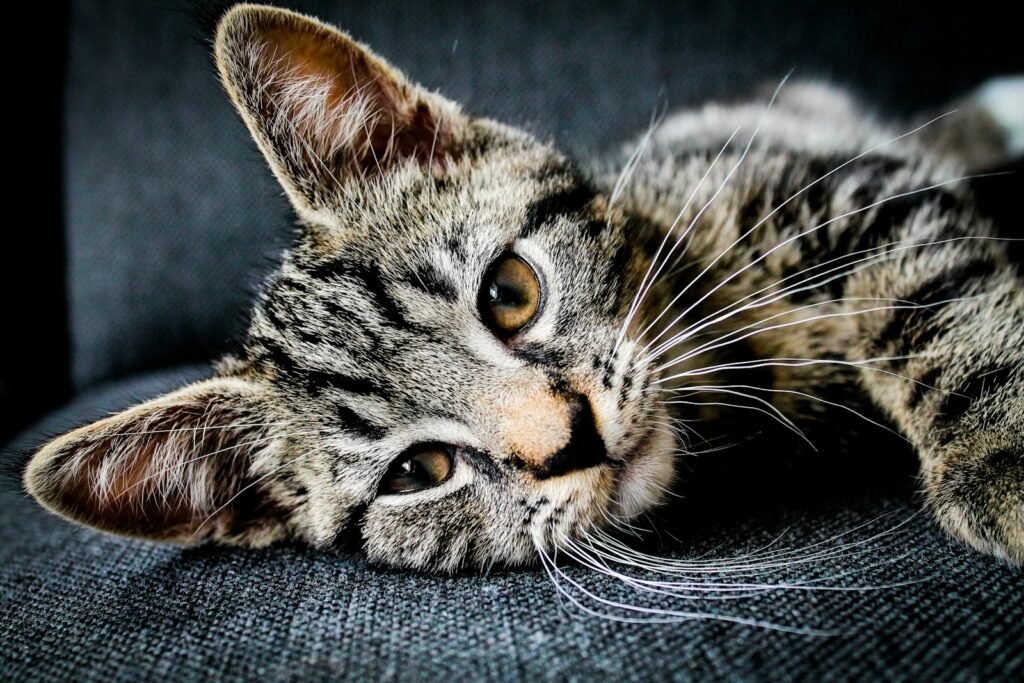
While Bengals are generally healthy, their unique ancestry brings some specific concerns. Some are prone to heart conditions like hypertrophic cardiomyopathy, a disease seen in both wild and domestic cats. Others may inherit sensitive stomachs or food allergies. Regular veterinary checkups, genetic testing, and a balanced diet can help catch issues early. Responsible breeders screen for common health problems, but it’s still essential to monitor your Bengal’s wellbeing. Quick action at the first sign of illness helps keep these active cats in top condition. Prevention is always better than cure, especially with such precious pets.
The Legal Status of Bengal Cats Around the World

Because of their wild ancestry, Bengal cats aren’t legal everywhere. Some countries or states restrict or ban Bengals, especially early-generation cats. The rules can be confusing and often depend on how many generations removed the cat is from its wild ancestor. In some places, only F4 Bengals and later are allowed. Prospective owners should always research local regulations before adopting. It’s heartbreaking to fall in love with a Bengal only to discover you can’t keep one. Legal status can change, so stay informed to avoid surprises down the road.
Bengal Cat Myths and Misconceptions
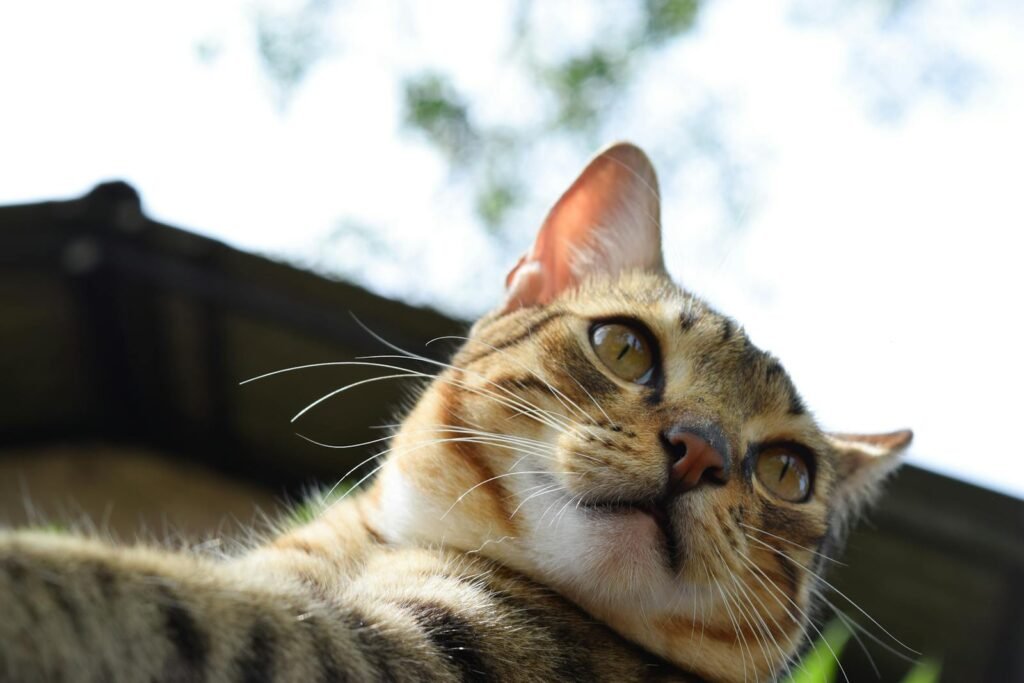
There are plenty of myths about Bengal cats, some of them quite persistent. One common myth is that they’re dangerous or aggressive, which simply isn’t true for well-bred, socialized Bengals. Another is that they require wild or outdoor living; in reality, most Bengals are happiest indoors with lots of enrichment. Some people think Bengals are hypoallergenic, but while they may cause fewer reactions for some people, no cat is truly allergen-free. Clearing up these misconceptions helps more people appreciate Bengals for what they really are: energetic, loving, and utterly unique companions.
The Bengal Cat Community: Owners and Enthusiasts

Bengal cats have inspired a passionate global community. Owners love to share stories, photos, and advice online, creating tight-knit groups both on social media and in real life. There are Bengal cat clubs, shows, and even dedicated rescue organizations. This sense of community is a lifesaver for new owners navigating the joys and challenges of Bengal ownership. It’s not uncommon to hear wild tales of Bengal antics or heartwarming accounts of deep bonds between cat and human. The Bengal world is welcoming, supportive, and full of people who love their extraordinary cats.
Bengals in Popular Culture and Media
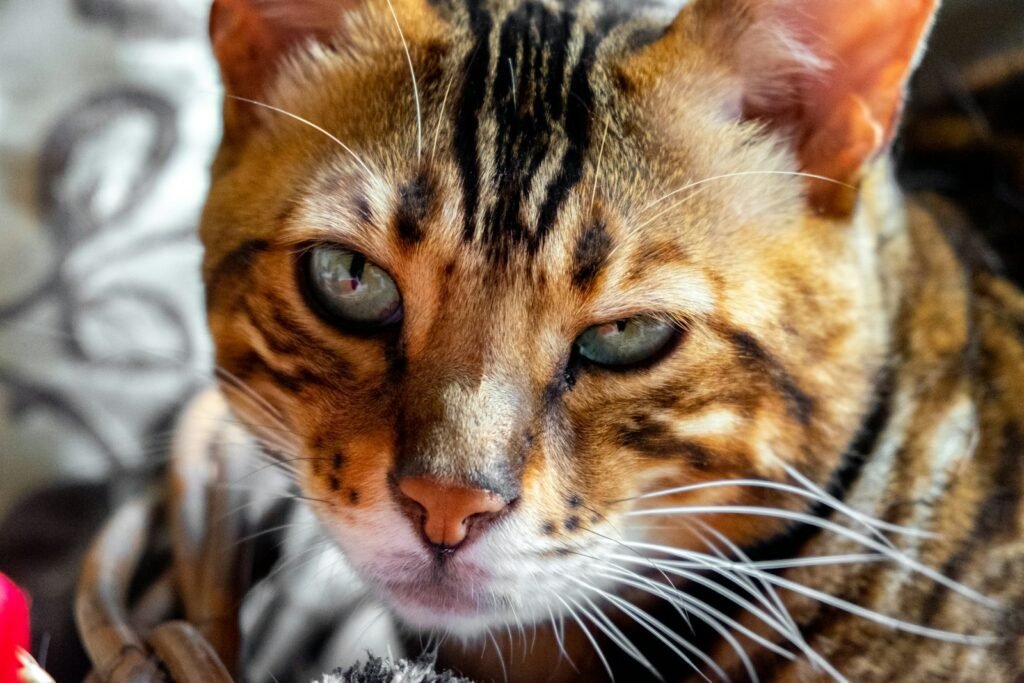
Bengals have strutted their stuff in movies, commercials, and viral videos. Their exotic looks and playful personalities make them natural stars. Social media is full of Bengals doing everything from skateboarding to swimming. Some celebrities have even adopted Bengals, raising their profile even higher. The breed’s growing popularity has helped educate the public about their unique needs—and the responsibilities that come with owning such a special cat. The Bengal’s star power is undeniable, but behind every famous feline is a dedicated owner making sure their needs are met.
Finding a Responsible Bengal Breeder
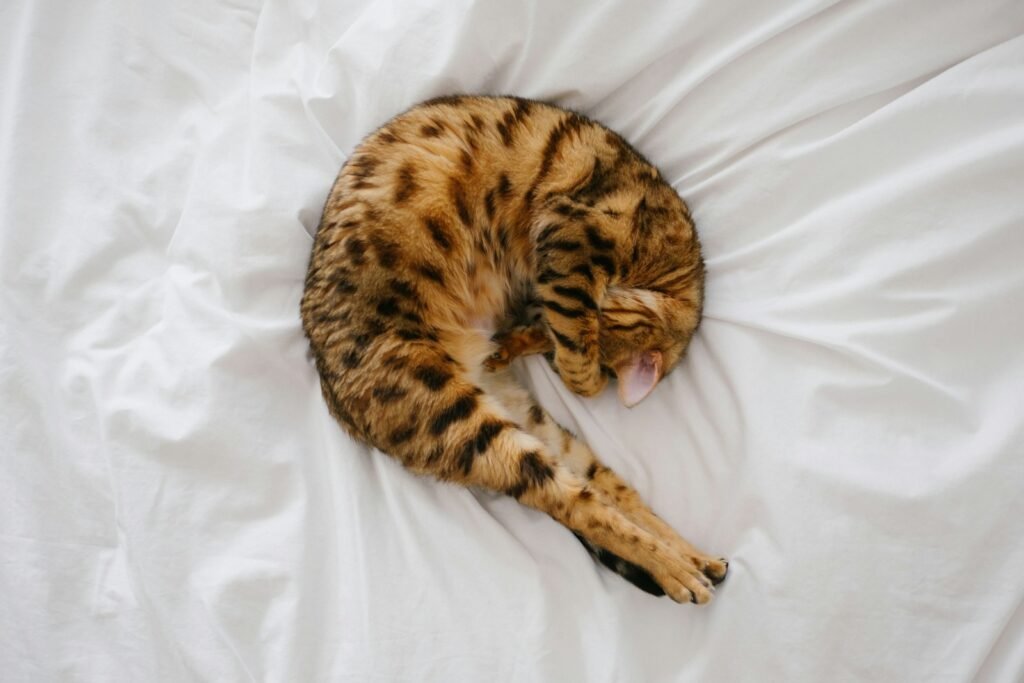
Adopting a Bengal should always start with finding a reputable breeder. Look for breeders who prioritize health, temperament, and proper socialization. Avoid anyone selling Bengals without proper paperwork or offering kittens at suspiciously low prices. Responsible breeders will answer your questions, let you meet the cats, and provide health guarantees. They’ll also screen potential owners to ensure Bengals go to suitable homes. Never rush the process—take your time to find the right fit. A healthy, well-socialized Bengal kitten is worth the wait and will bring joy for years to come.
Rescue and Adoption: Giving Bengals a Second Chance
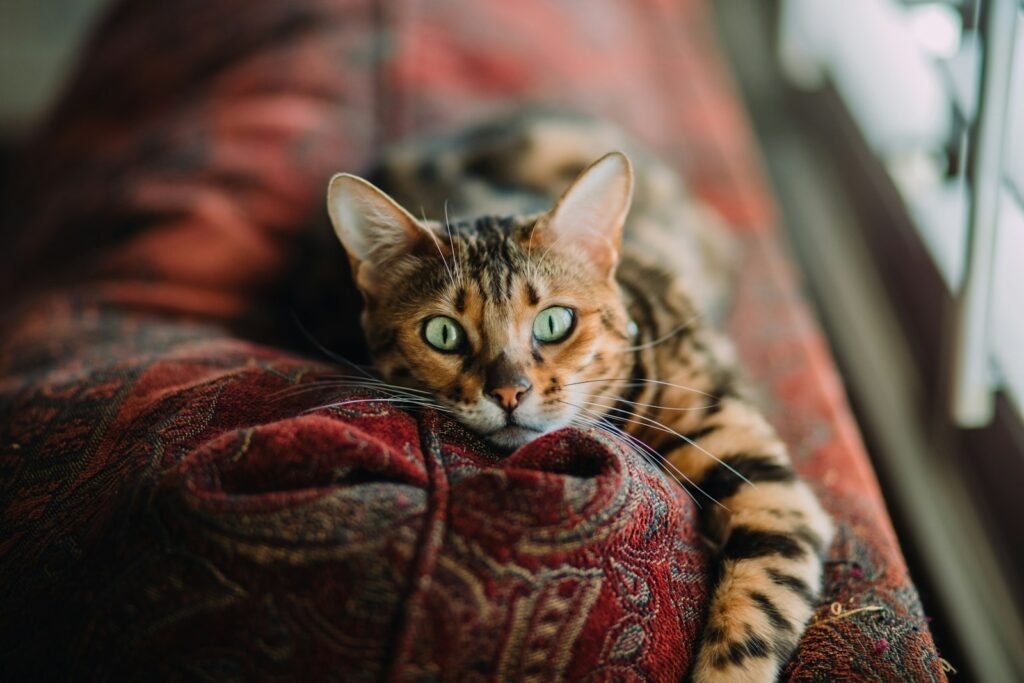
Not all Bengals come from breeders. Sadly, some end up in shelters or rescue organizations, often due to owners being unprepared for their energy and needs. Bengal rescues work tirelessly to find loving homes for cats in need. Adoption is a wonderful way to give a Bengal a second chance at happiness. Many rescue Bengals adapt beautifully to new homes with patience and care. If you’re considering a Bengal, check local shelters and rescue groups—you might just find your perfect match waiting for a fresh start.
Living With a Bengal: The Day-to-Day Experience
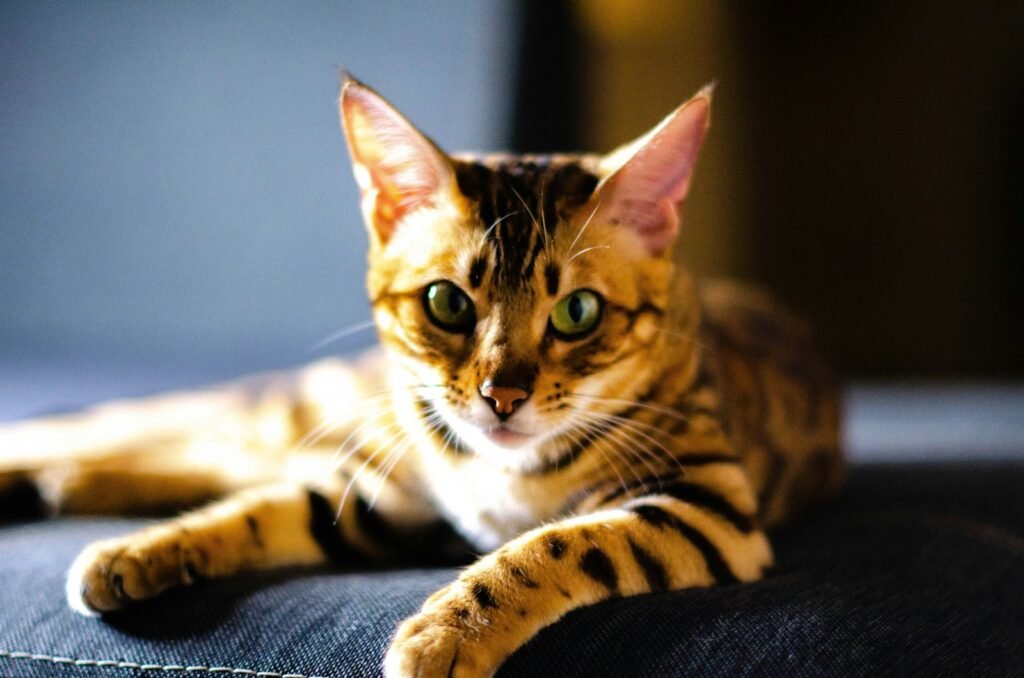
Sharing your life with a Bengal is never dull. They’ll greet you at the door, demand playtime, and snuggle up at night. Their antics can be hilarious, from dramatic leaps to “helping” with household chores. But they also require time, energy, and commitment. Bengals thrive on attention and need an environment that challenges them both mentally and physically. A bored Bengal will find trouble—sometimes in the most unexpected places! For the right person, though, life with a Bengal is endlessly rewarding, full of laughter, love, and wild-hearted adventure.

Growing up traveling and experiencing new cultures and wonders, I have had a passion for nature, adventuring, photography, and videography. I am currently working towards a BSc in Biodiversity and Ecology at Stellenbosch University, and I hope to specialise in Marine Sciences one day.
Please send any feedback to Feedback@animalsaroundtheglobe.com






